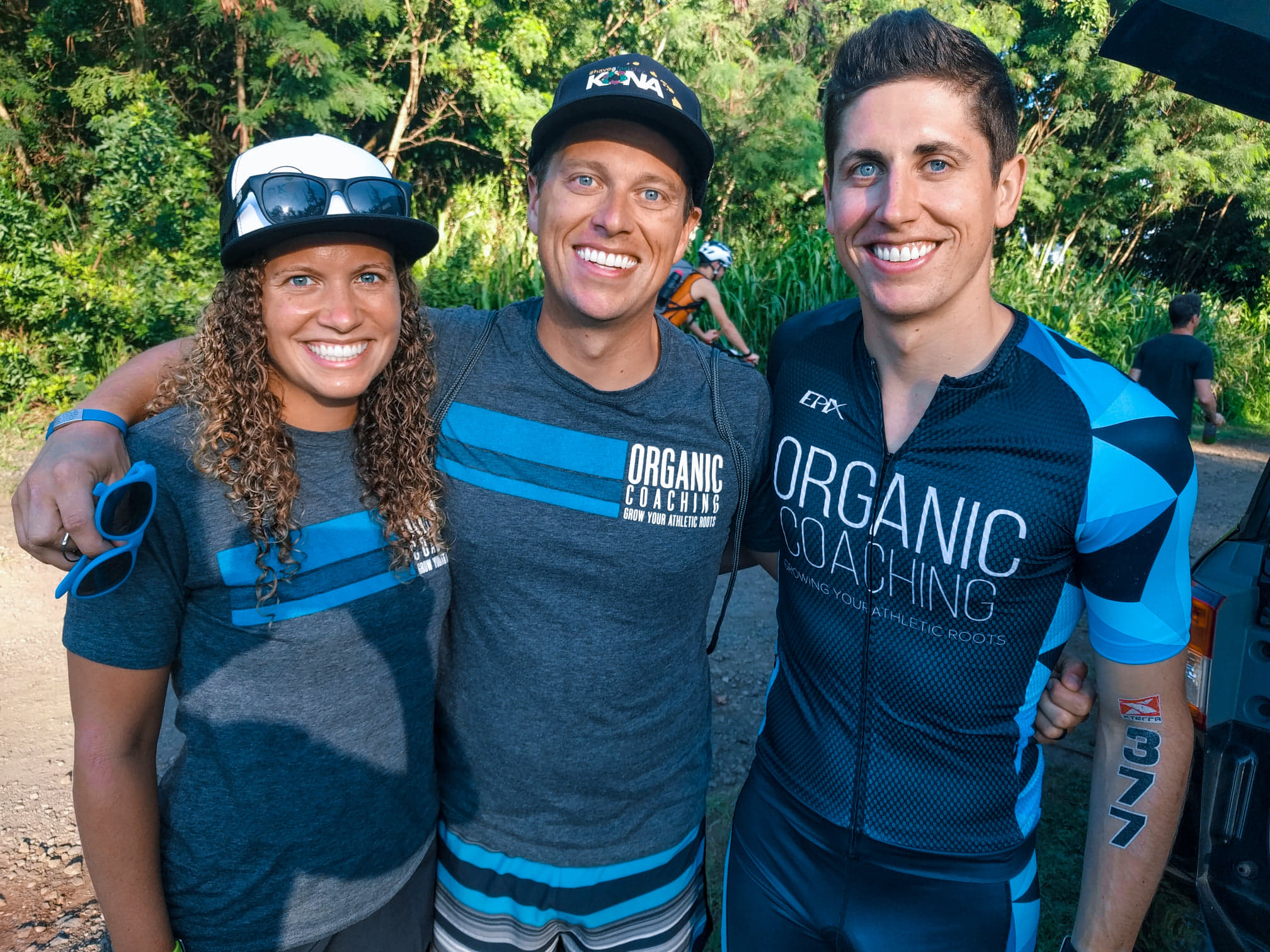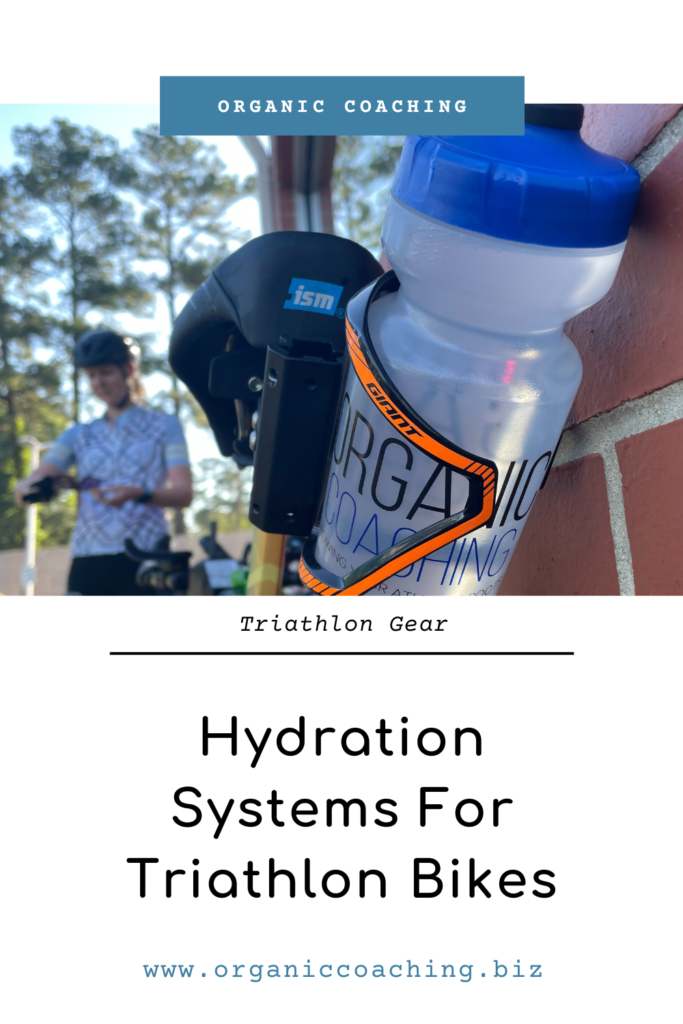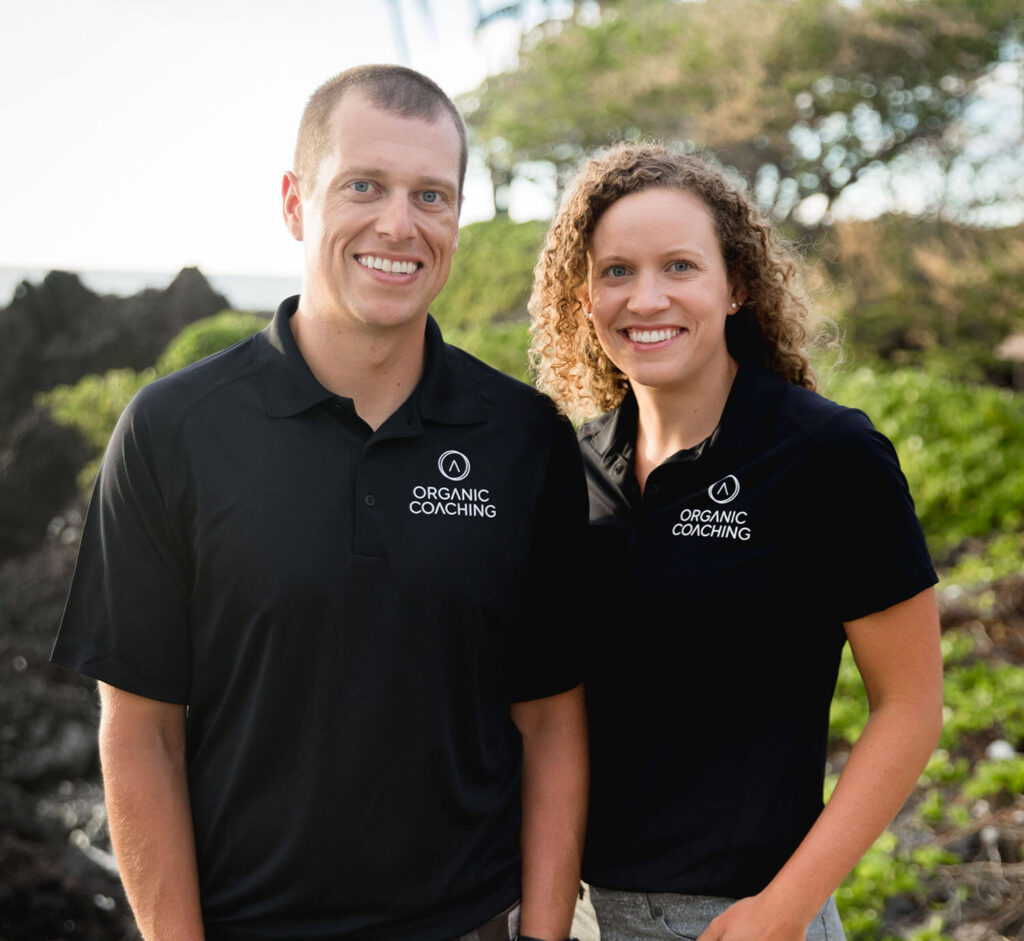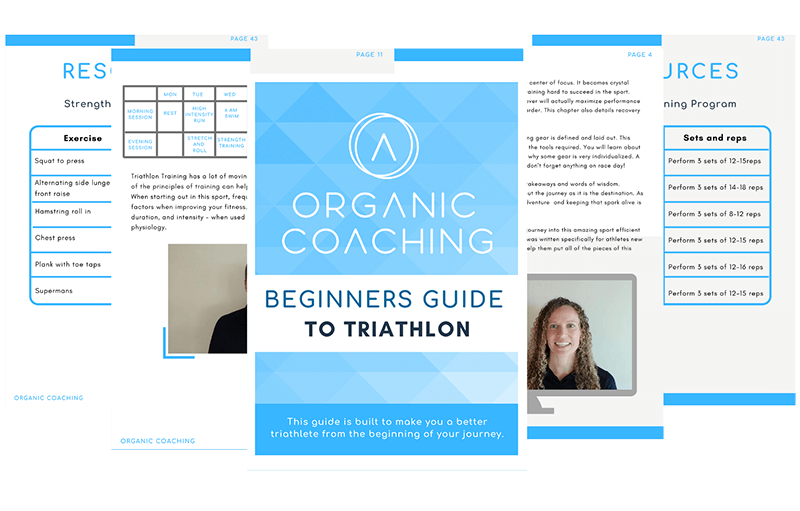

Regardless of whether you are a short-course or long-course triathlete, it is important to be properly fueled and hydrated during training sessions and a race. The bike portion of a race is where the decisions you make with nutrition and hydration can allow you to excel on the bike portion and set you up for a good run off the bike as well. There are endless options and combinations for hydration systems on bikes out there and it can be overwhelming.
Ask yourself the questions above, check some of the options at your local bike shop to see what is compatible with your bike, discuss your thoughts with your coach, and practice using your hydration system set-ups in training so race day goes smoothly.
READ MORE: WHY USE A POWER METER FOR BIKE TRAINING


Carly and Tyler Guggemos built Organic Coaching in 2014 with a simple philosophy that works. The idea is to take what you have and grow it to get faster, fitter and stronger. And to do it with the time you have – not the time you wish you had.

For athletes who are ready to take their training to the next level while still thriving and succeeding in their professional and family life.
Copyright © 2024 Organic Coaching LLC